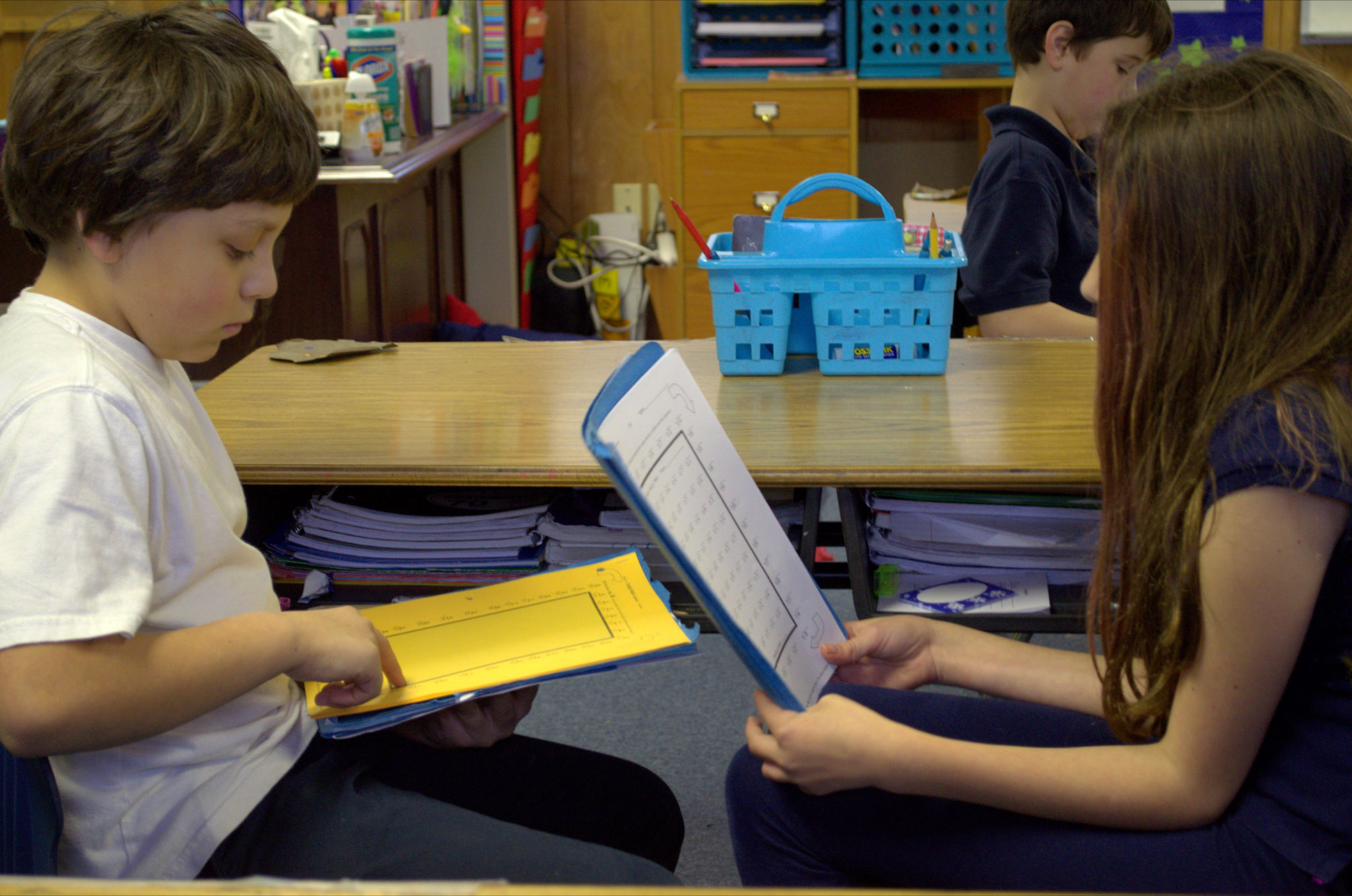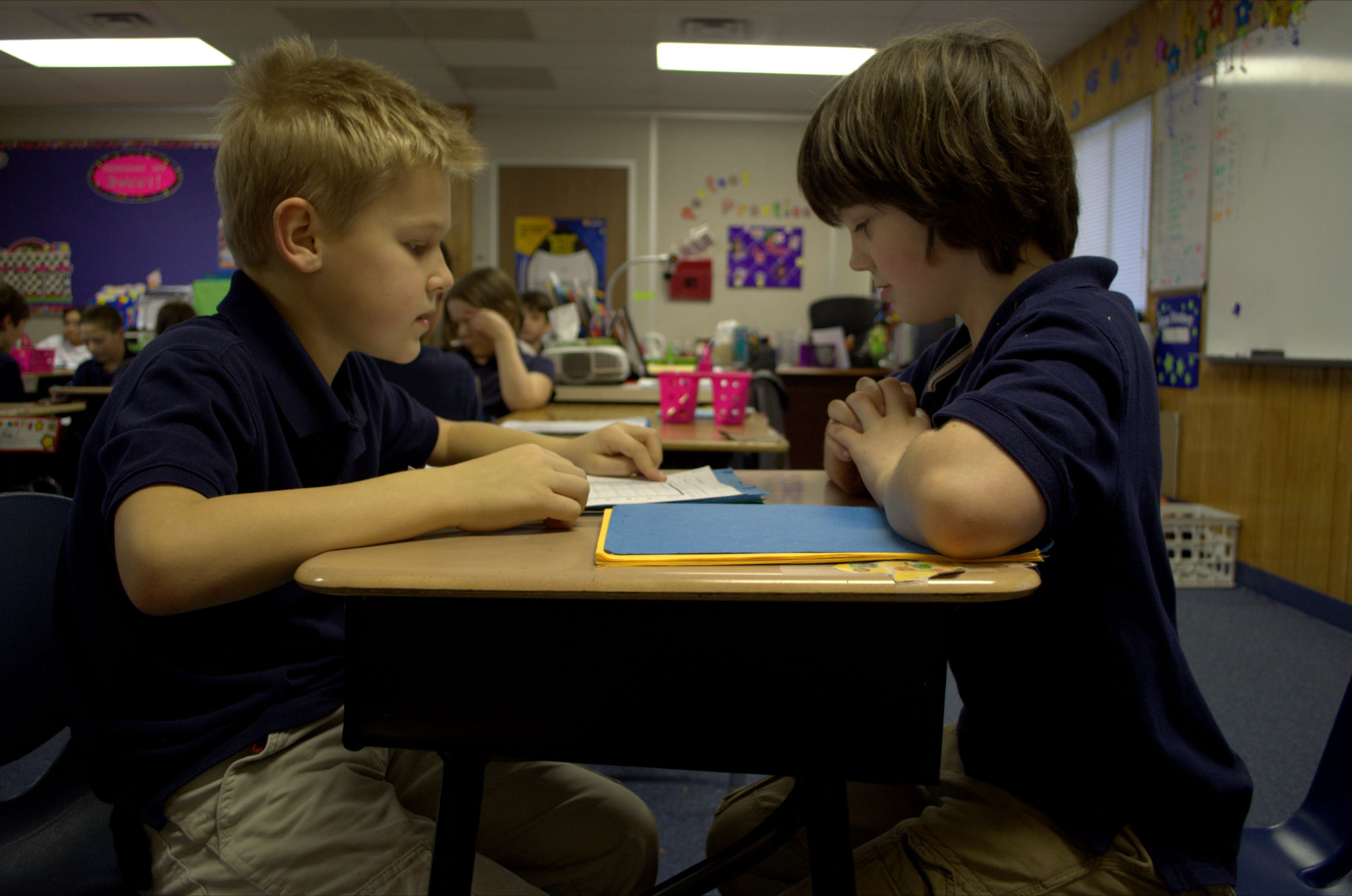 Basic, Optional, and Alternative—there are a lot of different Rocket Math programs. But which program should you use first? And in what order should you teach fast math facts? Well, it all depends on the grade you teach and the fast math facts your students have already memorized.
Basic, Optional, and Alternative—there are a lot of different Rocket Math programs. But which program should you use first? And in what order should you teach fast math facts? Well, it all depends on the grade you teach and the fast math facts your students have already memorized.
An overview of Rocket Math’s fast math fact programs
Rocket Math offers multiple programs because their are several ways to teach fast math facts. Here’s a link to a printable version of the different Rocket Math programs shown here.
The Basic Program
Rocket Math’s basic program includes Addition, Subtraction, Multiplication, and Division (1s-9s). The basic program must be mastered by all students.
 The Alternative Program: Fact Families
The Alternative Program: Fact Families
There is another way to learn facts, which is called Fact Family math. Instead of learning all Addition facts, students can learn Addition and Subtraction facts at the same time. A fact family consists of four related facts, for example: 3+2 = 5, 2 + 3 = 5, 5 – 3 = 2, 5 – 2 = 3. As an alternative to using the Basic Program, students can learn fact families up to 10 in first grade. Then students can move on to the upper fact families 11 to 18 in second grade. There is no clear evidence that this way is better or the separate operations way is better. That’s why we offer both options.
Optional Programs
The rest of the fast math facts programs like Rocket Writing for Numerals or Skip Counting are optional. You should only offer these programs to students once they have memorized the fast math facts through the Basic Program or the Alternative Program.
The only exception would be in a school where Kindergarten students did not get a chance to learn how to quickly and easily write numerals. In that case, you might take the first two months of the first grade year to run students through Rocket Writing for Numerals before beginning Addition (1s-9s).
Let’s take a closer look at how to implement each program in different grade levels.
 First grade math facts: Learn Addition
First grade math facts: Learn Addition
Rocket Math fast math facts programs for first graders include:
- The Basic Program
- (1s-9s) Addition
- The Alternative Program
- Fact Families (1-10) Add & Subtract
- Optional Programs
- Rocket Writing for Numerals
- Add to 20
If first grade students are taking all year to get through sets A-Z in Addition in the Basic Program, they need some extra help. You should intervene to help students who take more than a week to pass a level. Often they need to practice better or practice with a better partner. Some may need to practice a second time during the day or at home in the evening. First grade students who finish the 1s-9s can move on to the Add to 20 Optional Program for the remainder of the year.
Likewise, if you choose to teach Fact Families (1-10) Add & Subtract from the Alternative Program instead of using the Basic Program, your students can use the Optional Programs for supplemental learning purposes.
Second grade math facts: Learn Addition and Subtraction
 Rocket Math fast math facts programs for second graders include:
Rocket Math fast math facts programs for second graders include:
- The Basic Program
- (1s-9s) Addition
- (1s-9s) Subtraction
- The Alternative Program
- Fact Families (1-10) Add & Subtract
- Fact Families Part Two (11-18) Add & Subtract
- Optional Programs
- Subtract from 20
- Skip Counting
Second grade students must have completed Addition before starting on Subtraction (1s-9s). They can also test out of Addition through the Placement Probes. Second graders who cannot test out of Addition in first grade or didn’t complete it in first grade must focus on Addition. Only after getting through Set Z of Addition should they move into Subtraction.
You can substitute the Basic Program’s (1s-9s) Addition and (1s-9s) Subtraction for the Alternative Program’s Fact Families (1-10) Add & Subtract and Fact Families Part Two (11-18) Add & Subtract.
Second grade students who complete Addition and Subtraction 1s-9s (or the Alternative Program) can move on to Subtract from 20. Students who finish Subtract from 20 can do Skip Counting, which does a great job of preparing students to learn Multiplication facts.
Third grade math facts: Learn Multiplication
 There aren’t any Alternative Programs available for third graders from Rocket Math. There are only Basic and Optional Programs. These include:
There aren’t any Alternative Programs available for third graders from Rocket Math. There are only Basic and Optional Programs. These include:
- The Basic Program
- (1s-9s) Multiplication (priority)
- (1s-9s) Addition
- (1s-9s) Subtraction
- Optional Programs
- 10s, 11s, 12s Multiplication
- Factors
In third grade, Multiplication has priority—even if students have not mastered Addition and Subtraction. Multiplication facts are so integral to the rest of higher math that students are even more crippled without Multiplication facts than they are having to count Addition and Subtraction problems on their fingers. So do Multiplication first. Then, if there’s time, students who need to do so can go back and master Addition and Subtraction. Once all three of these basic operations are under their belts, students can go on to 10s, 11s, 12s in Multiplication (one of the Optional Programs). If students successfully progress through each program and there is enough time left in the school year, introduce the Factors program next.
Fourth grade math facts: Learn Multiplication and Division
 Like the programs for third graders, there aren’t any Alternative Programs available for fourth graders. There are only Basic and Optional Programs, which include:
Like the programs for third graders, there aren’t any Alternative Programs available for fourth graders. There are only Basic and Optional Programs, which include:
- The Basic Program
- (1s-9s) Multiplication (priority)
- (1s-9s) Division (second priority)
- Optional Programs
- 10s, 11s, 12s Multiplication
- Factors
In fourth grade, students need to have completed Multiplication before going on to Division. If they complete Division, they can go on to 10s, 11s, 12s Division, followed by Factors, and then equivalent fractions (shown in the fifth grade section below).
Fifth grade math facts: Learn all basic operations first, then they can branch out
 By fifth grade, students should have completed all four basic operations (1s-9s) within the Basic Program (or the Alternative Program for grades one and two). If students have not completed these basics (and cannot test out of them with the Placement Probes) then the sequence they should follow is Multiplication, followed by Division, then go back and complete Addition followed by Subtraction. The same recommendations hold for students in any grade after fifth.
By fifth grade, students should have completed all four basic operations (1s-9s) within the Basic Program (or the Alternative Program for grades one and two). If students have not completed these basics (and cannot test out of them with the Placement Probes) then the sequence they should follow is Multiplication, followed by Division, then go back and complete Addition followed by Subtraction. The same recommendations hold for students in any grade after fifth.
Once students have mastered the basics (1s-9s add, subtract, multiply, divide), the supplemental pre-algebra programs are recommended. These will help more than learning the 10s, 11s, 12s facts. I would recommend this order:
- Factors
- Equivalent Fractions
- Learning to Add Integers
- Learning to Subtract Integers or Mixed Integers

